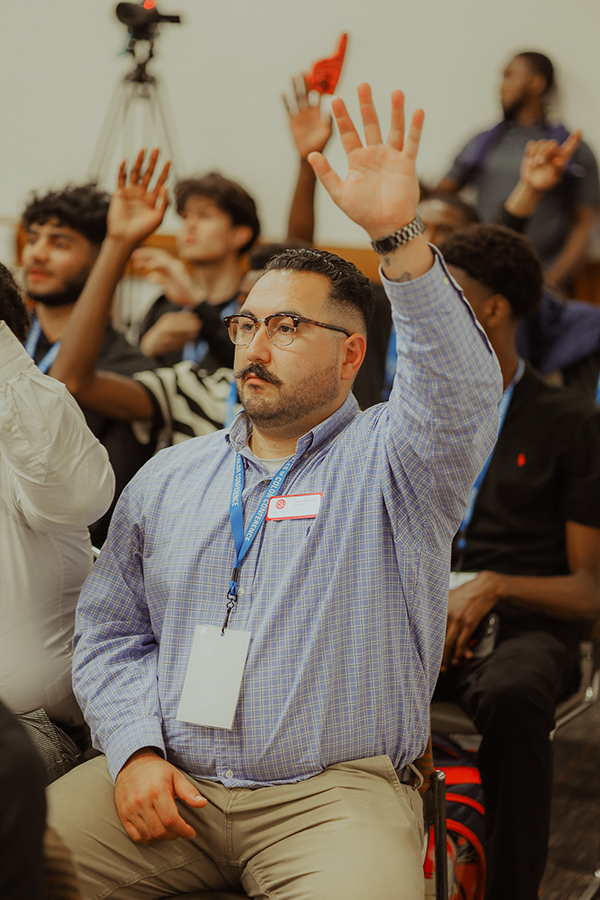

The goal of the CSU Young Males of Color Consortium is to create systemic changes in higher education and improve outcomes specifically for Black, Latinx, Asian Pacific Islander, and Native American males. While our primary focus is on supporting men of color, we want to emphasize that we are committed to inclusivity and do not discriminate against individuals based on sex, race, ethnicity, or any other characteristics.
The 23-campus Consortium was established to address the unique challenges that young men of color face during their postsecondary experiences and to advance effective strategies that benefit all students. The California State University (CSU) is the largest, most diverse 4-year public university system in the nation. Leveraging this broad footprint, the CSU Young Males of Color (YMOC) Consortium, based at California State University Dominguez Hills, aims to create systemic changes throughout the state. By utilizing the Collective Impact framework, the 23-campus consortium will work collaboratively with regional community colleges and community-based organizations to: 1) construct a common agenda, 2) advance mutually reinforcing activities, and 3) champion a shared measurement system to track our progress.
WHY IS THE CSU YMOC NECESSARY?
Postsecondary degree attainment for Black, Latinx, Asian Pacific Islander and Native American males continues to lag behind national averages. Due to a number of individual, institutional, and systemic factors, young men of color continue to experience a range of racial inequities in educational contexts, from Pre-K through higher education. Critically, they are underserved by the very institutions that are supposed to provide them with opportunities and justice, that ought to protect them, and that “should” improve their career trajectories and quality of life. Too often these injustices and inequities have been viewed through silos that ignore opportunities to develop and leverage a collective approach. A scarcity of investments in opportunities for young men of color (and their communities) has meant that schools, institutions, and community-based organizations often are forced to compete with each other for funding and to attract young men to their programs. What is needed, then, is an approach based on intersegmental collaborations that increases access and opportunities for young men of color and creates greater racial equity and healing.

Foundational Framework
Four Core Pillars Driving Our Efforts
Champion Transformational Change
Cultivate and sustain an intersegmental learning community focused on male students of color across two-year colleges and four-year institutions.
Direct Service
Research and Evaluation (R&E)
LOOKING AHEAD
Moving forward the CSU Consortium intends to strengthen partnerships with California Community Colleges and community-based organizations. Together, we will create alignment between our intersegmental partners by enhancing communication, developing a shared measurement system, increase understanding about the experiences of underrepresented minority males and the effective strategies to better support them, and developing mutually reinforcing activities. Our long-term goals are to improve outcomes for men of color. More specifically, we seek to increase 2-year transfer rates by 15 percentage points. If they attend a university right after high school, we expect to increase their 6-year graduation rates by 20 percentage points. Our success is not just important for underrepresented minority males. For California to sustain its strong economy, which in turn impacts the national economy, the state has to produce at least 1.65 million college graduates by 2030.

